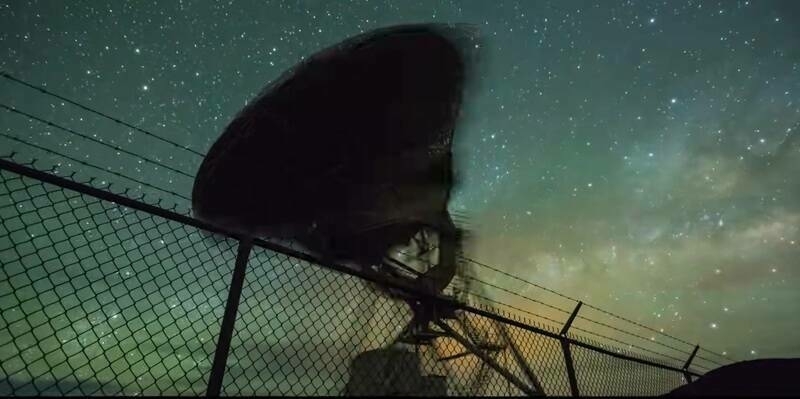It’s been over three decades since reactor Number 4 at the Chernobyl Nuclear Power Plant in the Ukraine melted down, leading to the world’s worst civilian nuclear disaster in history. Now, a team of multidisciplinary
researchers have used Routescene’s UAV LiDAR technology to map radioactive hotspots in greater detail than ever before.
Professor Tom Scott, from the School of Physics at the University of Bristol, UK, led a group of researchers from the UK's National Centre for Nuclear Robotics (NCNR) to conduct surveys on multiple sites of interest
within the Exclusion Zone which surrounds the damaged reactor. The surveyed sites included Buriakivka village, a settlement abandoned following contamination from the power plant accident, and the “Red Forest”,
a natural woodland area located the closest to the reactor, hence the most heavily contaminated.
Working closely with local Ukrainian authorities, the team operated Unmanned Aerial Vehicles (UAVs) to perform a series of radiation mapping surveys. Routescene’s lightweight LidarPod was flown on a DJI M600
hexacopter drone over the sites of interest. The point cloud data collected was processing using Routescene's LidarViewer Pro software to generate a detailed Digital Terrain Model (DTM) and was overlaid
with the results from a gamma spectrometer survey, undertaken to measure radiation intensity, to locate the exact sites of the radiation hotspots.
Subscribe to our newsletter
Stay updated on the latest technology, innovation product arrivals and exciting offers to your inbox.
Newsletter

